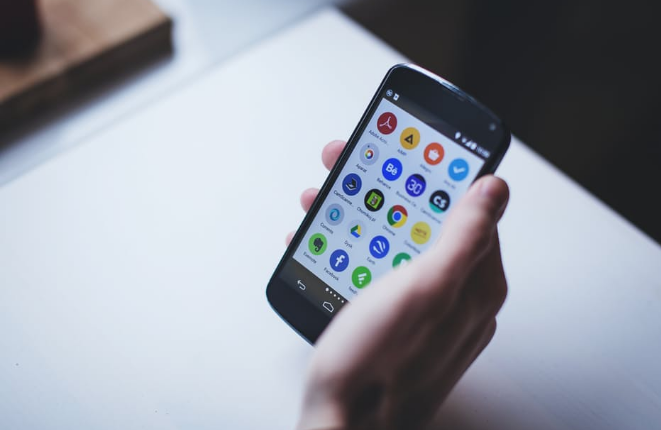Technology has indeed made our lives easy and more convenient with every passing of time. With the amount of work increasing and the quality of time decreasing we all are in need of some technological inventions that helps us to deal with the following situation and one such invention is the mobile applications. Mobile apps development process includes a lot of things that needs to be considered for a great app and one among them is the testing of the mobile application.

Want to have a chat with your friend? Use ‘WhatsApp’. Want to find directions to a place that you have been looking for a while? Use the GPS application. Before we buy a car we do demand for a test drive, don’t we? To ensure a smooth ride. Hence, before an application is being deployed, one needs to make sure that it is as smooth as butter. How will the users feel when they would be using the application as and when the use arises? Before an application is laid down for a launch you need to take care of certain things and criteria. Is it taking too much of time to load?
Are the images and videos being displayed as per the requirements of the developers?
Mobile application testing tips from the experts
Let us have a look at the different types of testing that the mobile apps development company looks after.
The pre-development test:
Always make the extra efforts to test the application even before it is being developed. This will give an idea to the developers whether they are laying the right foundation for the right audiences.
The usability test:
An app should be user-friendly and most importantly should be understood by the users. Have a third person test the usability of the application. Never skip the pre-release testing of the app. Sought out all the bugs before the app is presented in the market. Always clear the air about the designing of the application as well as the navigation tools so that you do not create confusion for the users.
The compatibility test:
With millions of options available in the market, it becomes necessary that the application manages to withstand the type of device that it is being accessed upon. When you have reported a bug make a note of it and run it in some other device before you come up with your bug report. Moreover, make efforts to index the different versions of an operating system, the different screen resolutions, etc. So that you do not leave any stone unturned. This type of testing becomes extremely essential.
The user interface test:
The user interface is one of the important aspects that contribute to the success of an application. The touch screen and button functionality, app functionality, screen resolution functionality, all generously should be taken into consideration before the app is deployed. Moreover, the loading time, app localization, time zone compatibility and social integration needs should also be considered.
The external port test:
The external port includes the Bluetooth, Wifi, USB, NFC that sometimes needs to be connected for the proper functioning of the application. Make sure to test all of these before the app is deployed.
The interruption test:
A smartphone is used for many purposes. So while testing, make sure to test that the application does not disrupt other functions of the mobile phone such as calls, messages or even the pop-ups.
The security test:
Security is the most sought after feature in today’s world. Make sure that the app does not fail in providing a good security. See to it that the credit/debit card details are all stored in a proper database and as far as possible limit the number of transactions so as to avoid any malware.
The installation test:
The process of installation should be a smooth journey. Make note of the time that is taken to download the application and at the same time, the deletion process is also simple and hassle free.

